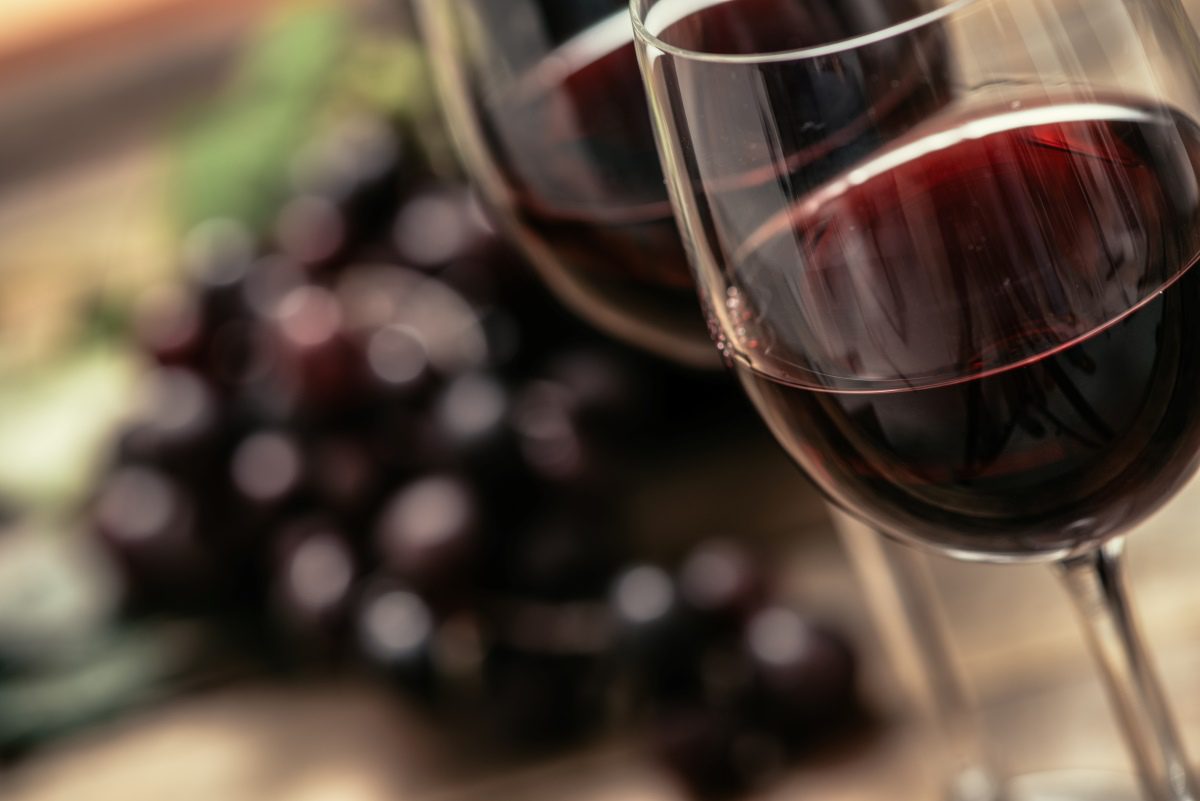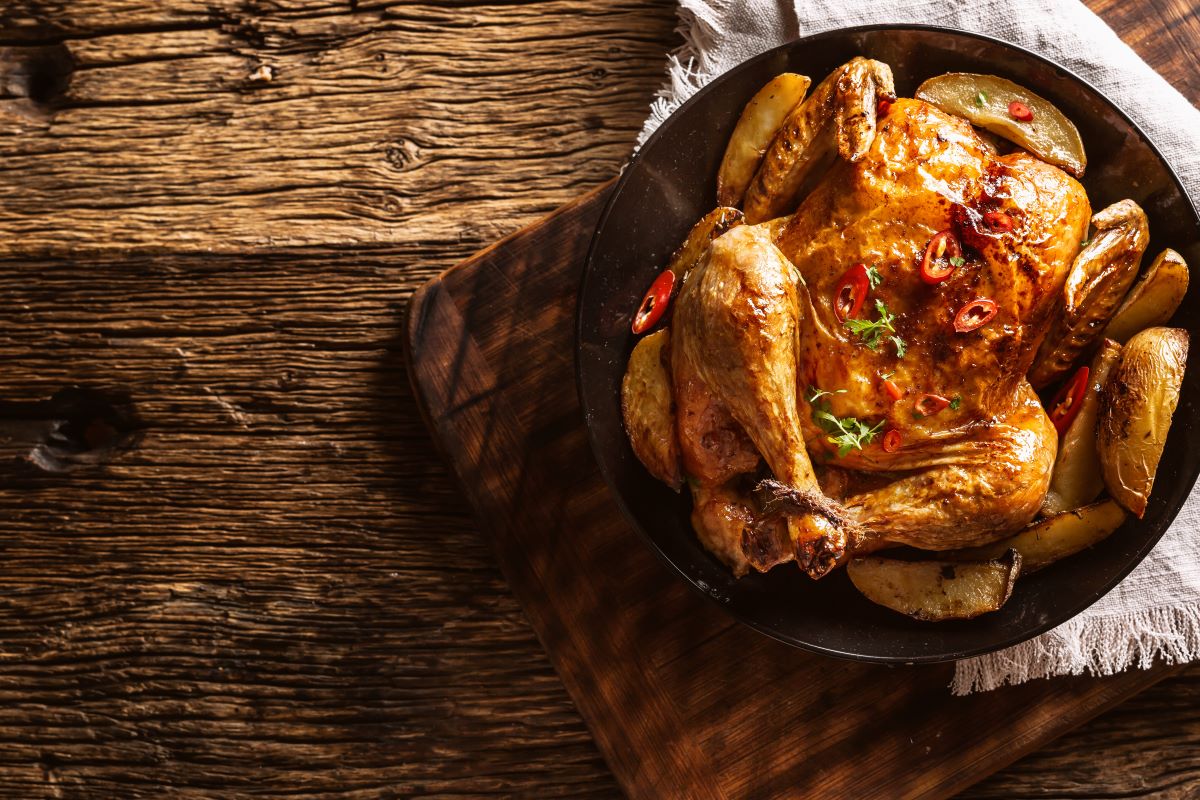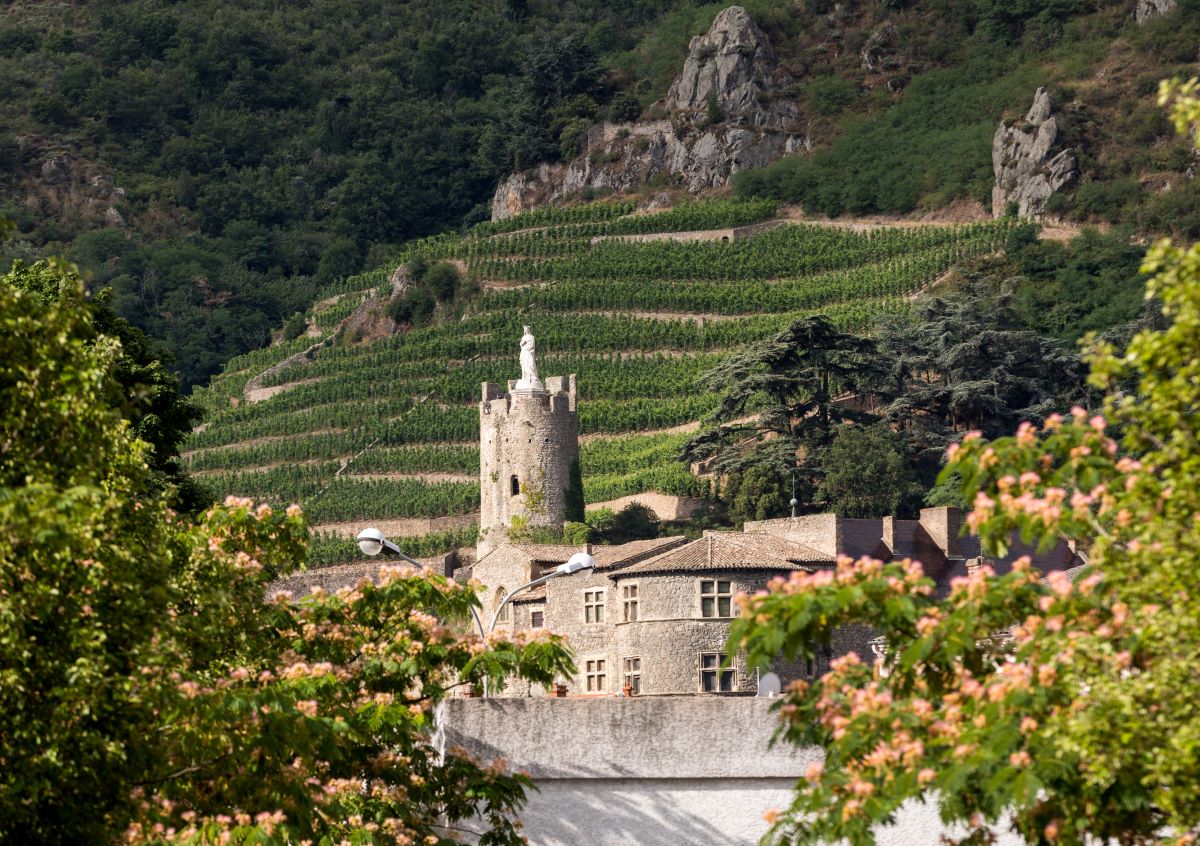Introduction to Crozes-Hermitage
Cribbing half a name from its more famous brethren which stands imposing along the river, Crozes is the largest of all the appellations in the Northern Rhone. Everything else sits on the western bank of granite dominant soils, while these two show what many different dirt underfoot can do.
The modifying Crozes name is believed to come from the Latin word for cross, originally referring to a fork in the roads. To a modern observer, think of it as an asterix signifying that these wines are generally lighter, fruitier and less stern than Hermitage. One of the early regions to gain AOC status in 1937, the designation was expanded to include additional communs two decades later.
About 90% of the wine produced is red Syrah, while the whites are traditional northern Rhone varieties Marsanne and Roussanne. Yields are high, almost 46 hl/acre – 40% more than Hermitage’s average. The soil is rich and the sun is bright, continually producing bountiful harvests.
Soil types are varied, with the most prestigious to the south and west of Tain, where large pebbles cover a red clay. North of Tain there is more granite, while the flat beds of the valley to the far south have an alluvial limestone soil.

Crozes Hermitage Notable Crus
As you’d expect, the wines produced closer to Tain l’Hermitage tend to more closely mimic the prestigious style.
Absent distinct vineyard names, the best way to navigate the area is by producer. Nearly every producer south of Lyon puts together something in Crozes, and lends their style. Chapoutier, Jaboulet, Vidal-Fleury, Delas Freres, and Guigal all make delicious wines from the area.
As he does in many of his regions, Chapoutier will vinify separately and expose the specific terroir. The blends of Jaboulet offer a consistently high quality to price ratio.

Crozes Hermitage Tasting Notes
Whites pair well with heavier fish and crustaceans. The richness will cut an oily fish or sauce, with fruitiness to balance. In the earliest years the wines are about fresh floral notes, with the ripeness of flesh coming later on.
The reds are delicious with charcuterie, roasted chicken, or an herbal lamb. Expect bright fruit aromas to dominate, and less structure than you’d expect from Syrah. They pair well with roasts and herbs, and require less focus per quaff than the vin de garde of the Rhone. Older examples will evolve into something that can pair with richer game and fowl.
These are wines that are also enjoyable with a bit of chill on them in warmer weather. Consider putting a bottle in the fridge for 20-40 minutes before serving to bring it slightly closer to cellar temperature.

